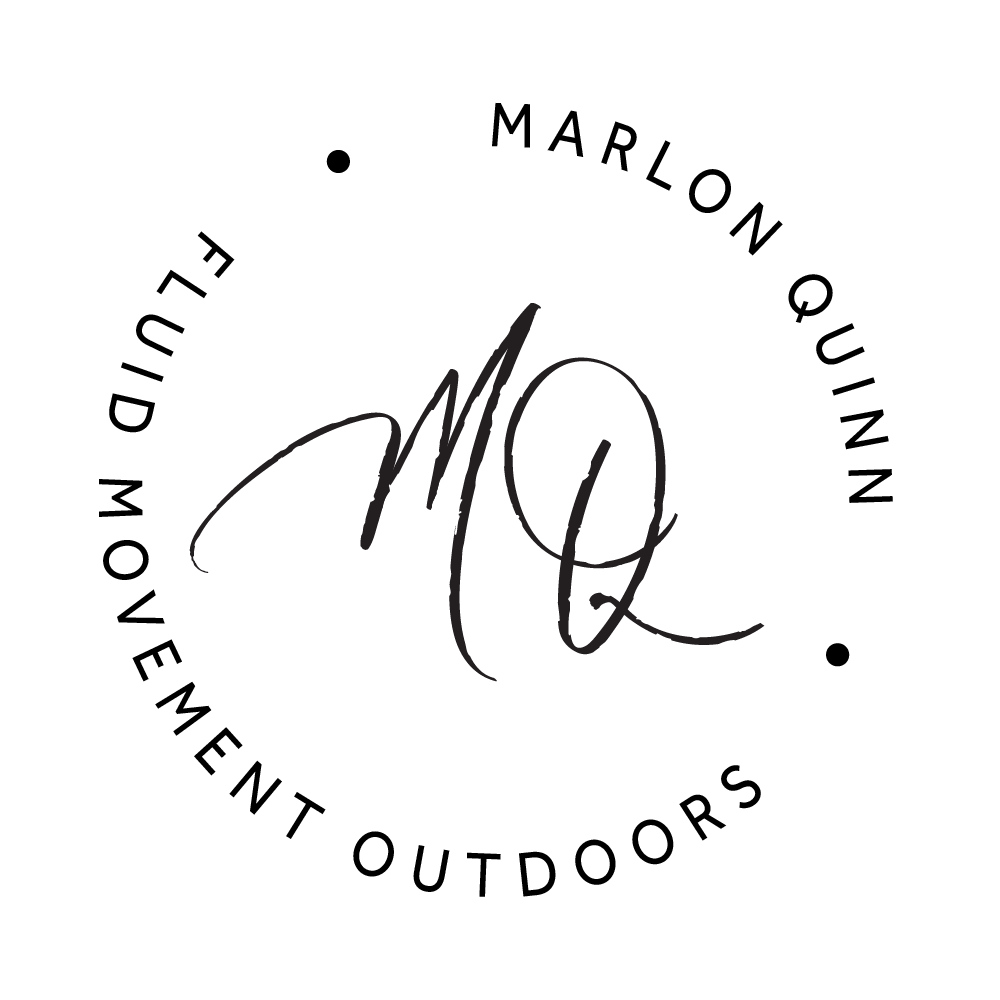The past weekend was spent visiting the Barossa Valley in South Australia, about a Barossa Valley SA”>nine hour drive from Melbourne, or even quicker by air. The purpose was to do a reconnaissance of the district by bike ahead of the planned fundraising ride next January.

A couple of training rides around the region provided the opportunity to admire the landscape, be attacked by Magpies and ride along many of the roads used for the Tour Down Under cycling race. The rides ticked off the fitness checklist: hours in the saddle, kilometres traveled, altitude gained and effort expended. The thing is though, it’s possible to more or less achieve those same aims on a stationary cycle trainer. The differentiator here though was the experience.

The most noticeable difference to Melbourne was the feeling of safety and respect on the roads. Vehicle drivers took a much wider berth when passing and exhibited a high degree of patience when it was unsafe to overtake on the quiet country back roads. Meanwhile in peripheral view meandering by were rolling hills, rows and rows of grape vines, pastures, sheep, goats, cows, colourful wildflowers, ruins of once inhabited cottages and cemeteries decorated with elaborate headstones of intrepid folk from Germany and the United Kingdom.

The experience of not knowing where the road lead, what was at the end, in the middle or at the side provided a sense of freedom and adventure. It provided a vehicle for discovery, a means to test boundaries that otherwise remain unnoticed under the metronome of a steadier routine.
Off the bike, the Barossa Valley is most well known for its concentration of wineries and production of world-class wines. It was another path to discovery visiting a variety of wineries, from full commercial to lesser known artisan low-volume producers, each provided a unique encounter.
Speaking with a third generation vigneron, he described that all he wanted to do was to continue his ancestors work and produce wines from the family vineyard. In order to do so, the family vineyard had to be bought back after it was sold during earlier years. Though he did successfully produce wine, the experience taught him that he knew little of marketing. Fourth generation to the rescue! Once mature, the next generation stepped in and developed modern bottle labels, introduced wine tastings with cheese and the cellar door was reinvigorated to attract a younger market segment.
The fourth generation vigneron recognised that producing wine was not enough, focusing on the customer was key to successfully delivering a lasting experience. They knew it started when the customer stepped on-site and the bottle label continued the story and take-away message. They were one of the artisans getting it right.
At the other end of the market was the winemakers supplying world-wide consumers. Visiting probably the largest wine brand of the region with grounds and buildings geared up to cater to bus-loads of travelers is a family started operation that has been hugely successful in wine sales. A visit to this winery provided a different experience. A grand driveway took you by a striking energy-saving solar-panel that led to a state-of-the-art visitor centre. Lashed with historical placards, wines and an extravagant wood-scuplted story-telling timeline, it even had metallic plate photographs to ensure they’re still around in another 160 years.

As bold, interesting and lavish as the setting was, the customer experience felt removed and clinical. A casual staff member provided an insight into the wines on offer but that was where the insights ceased.
There’s something inexplicable in the manner of the customer interaction. At yet another family run winery employing over 350 staff, the experience balanced elegantly the commercial delivery with the deft touch of a grounded interaction. There was a genuine warmth to the environment, supported by a staff member’s anecdote about their first day at work four days prior to Christmas when the CEO greeted them personally by name. There was a link between customer, venue, product and experience, it felt authentic.

The challenge appeared to be how to maintain the artisan philosophy and essence whilst catering to a world consumer market. Could it be possible to deliver an authentic experience and produce incredible volumes of excellent product?
The question is: What do you want to do? It goes further: Is there an experience to be gained by doing so?
The purpose behind riding the roads around Barossa Valley was to understand what lay ahead in January and it did just that. As a by-product it taught that the roads were safer and provided an enjoyable and fascinating adventure in a new region. Now better informed it’s possible to undertake the right training and approach to prepare for January’s ride.
Visiting some of the region’s wineries to experience their offer provided more discoveries. Whilst each winery clearly seeks to sell volumes of wine, which they do, a clear distinction of on-site customer experience separated them markedly from their products. Equipped with these new insights, it’s now possible to incorporate the positive experiences and deliver that learning in future applications.

*Disclosure: All elements of the Barossa Valley tour were funded solely by Maarq.
Please take a moment to share.














